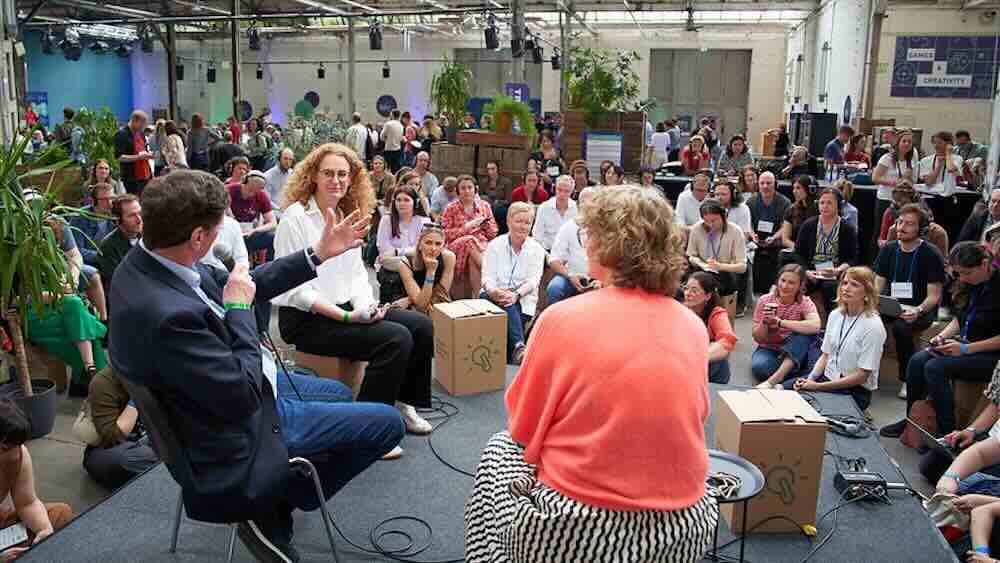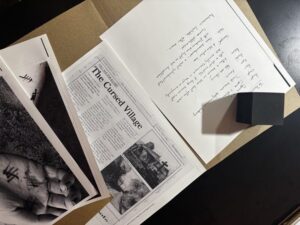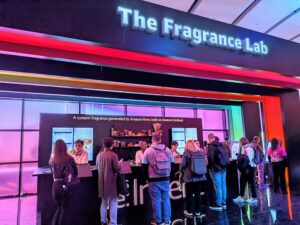


The Creative Bureaucracy Festival aims ‘to use the most sustainable alternatives always’ to reduce the environmental impact of the annual event.
“We are very, very aware that events by themselves are not the most sustainable things,” Johanna Sieben, director of cluster public sector and engagement/deputy managing director for the Berlin-based Falling Walls Foundation, told me when we spoke earlier this month. Falling Walls is a supporting institution for the Creative Bureaucracy Festival, whose 8th edition was held June 5 at Festsaal Kreuzberg, an event venue in Berlin, Germany. More than 2,100 professionals from government, politics, civil society, and other public administration organizations attended on site and another 2,000-plus viewers participated in the one-day event via livestream.
Johanna Sieben
Despite the fact that events exact a toll on the environment, Sieben said the Creative Bureaucracy Festival strives “to use the most sustainable alternatives always” to reduce its footprint. Here are a few of their efforts:
Go local — “We try to connect with other events and find people who are already in Berlin for our speakers,” Sieben said. “People, of course, fly to conferences. That’s a big, big part of the carbon footprint for conferences. We try, at least, to combine the festival with other events or where people are here for longer.”
The festival’s musicians are also local to Berlin, as are the food trucks, and production staff, to both support the local economy and to minimize the event’s carbon footprint.

The Creative Bureaucracy Festival hires local musicians and sources food from as close to Berlin as possible.
Make it timeless — “I think every year we are getting a little bit better about throwing away less material,” she said, citing how any logos that are printed for the festival do not include the year. “That’s important to us. Everything can be reused. Our crew always wears T-shirts. The first year, the logo on the crew T-shirt had the year on it. We were like, damn it. But our whole organization sleeps in creative bureaucracy team T-shirts. We’ve been reusing them. Now we have it without the year, so people can wear them every year.”
Follow the signs — Almost all signs are printed on cardboard. “We really just do plastic where there’s absolutely no other way,” Sieben said. Nametags are also printed on paper.

Almost all of the Creative Bureaucracy Festival’s signs are printed on cardboard to reduce plastic waste.
Producing a fully sustainable conference or event, Sieben acknowledged, “is hard, very hard.” She pointed to the trash that is an inevitable output of events. “I think it’s something we all need to be very, very mindful of — how we can reduce it as much as possible.” And she has her eye on other elements of the event that are ripe for improvement, like leaning toward a more plant-based menu. “There is still room,” she said, “for us to grow.”
Michelle Russell is editor in chief of Convene.
Learn more about the Creative Bureaucracy Festival at creativebureaucracy.org.







